In the image of the famous courtesan from Corinth, taken by an artist from classical literature, Magdalena Offenburg is depicted. Interestingly, she is dressed in European fashion of the early
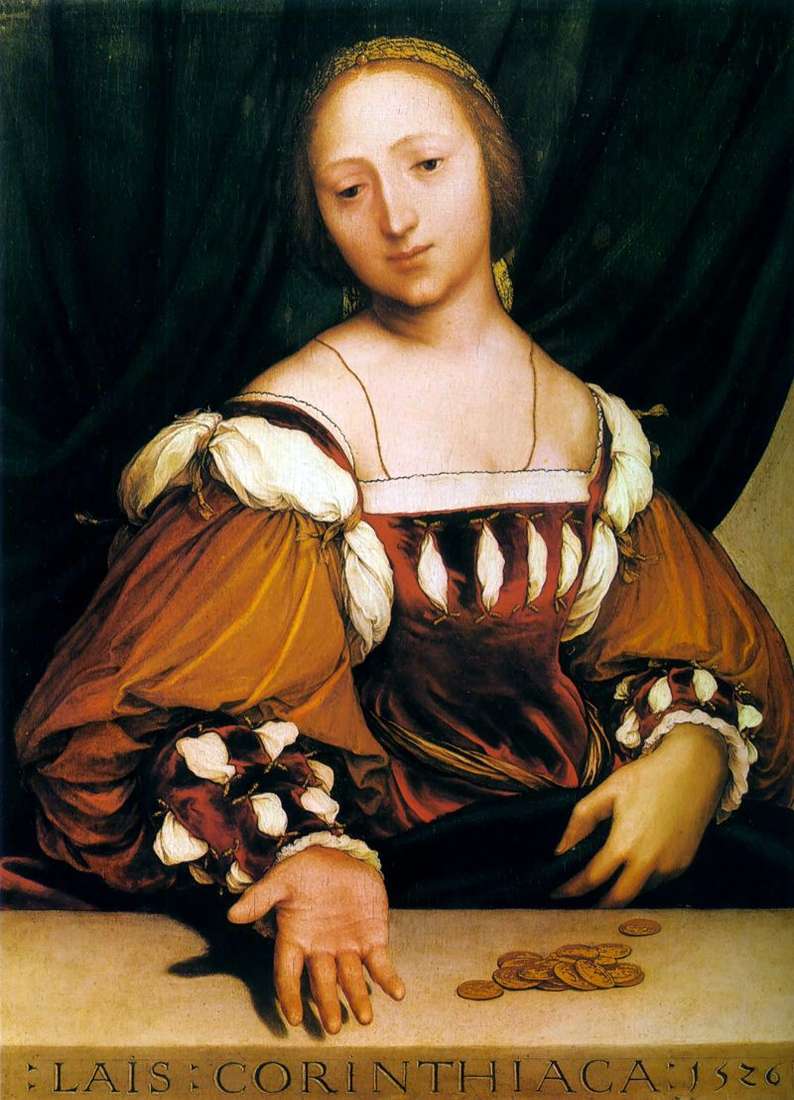

In the image of the famous courtesan from Corinth, taken by an artist from classical literature, Magdalena Offenburg is depicted. Interestingly, she is dressed in European fashion of the early
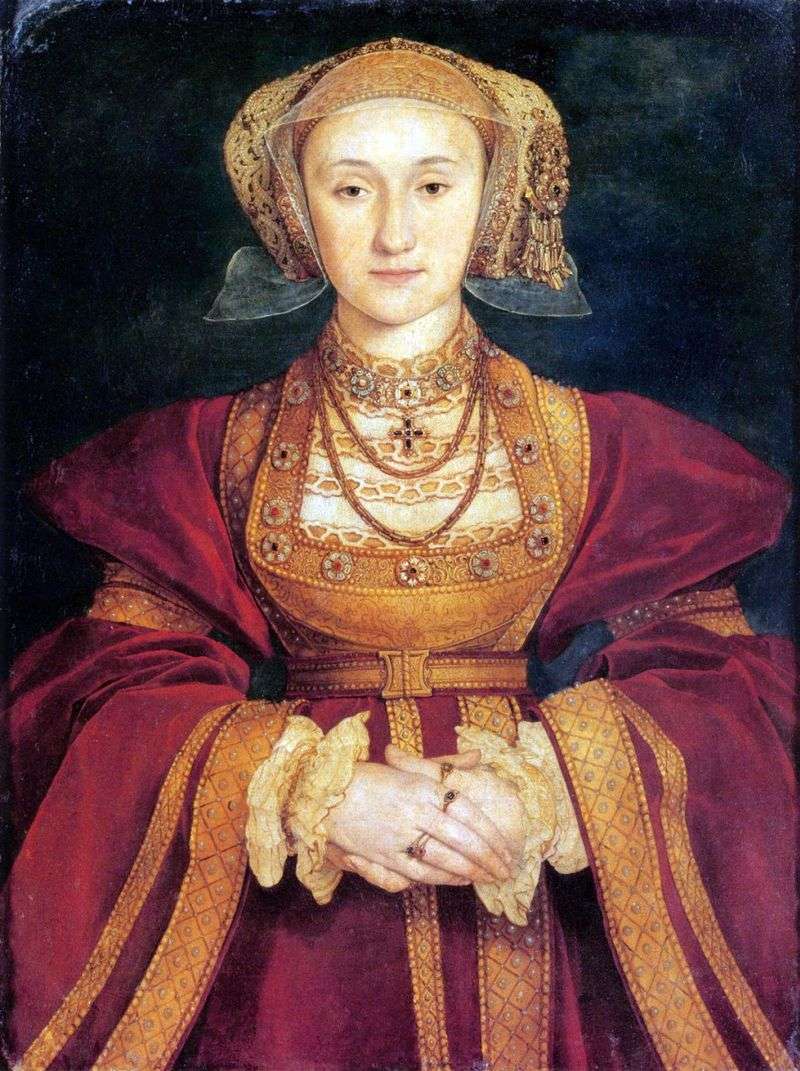
The advanced character of Holbein’s art is also found with great force also in his book graphics. In the Basel years, especially in 1516-1526, he develops extensive activity as a
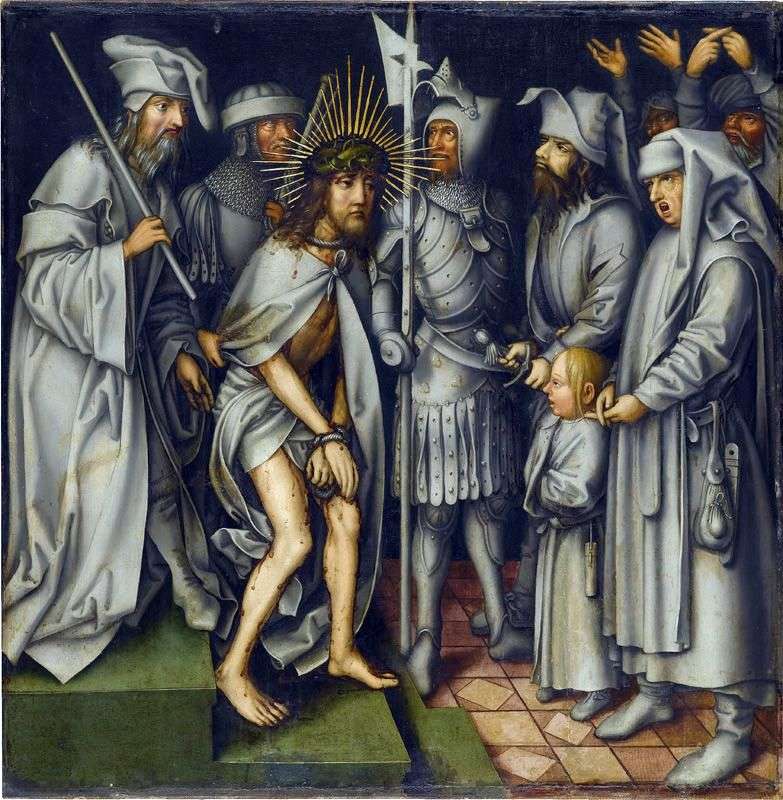
“The Passion of the Lord in gray tones” are considered one of the main creations of Hans Holbein the Elder. The cycle was named after the gray monochrome color scheme,
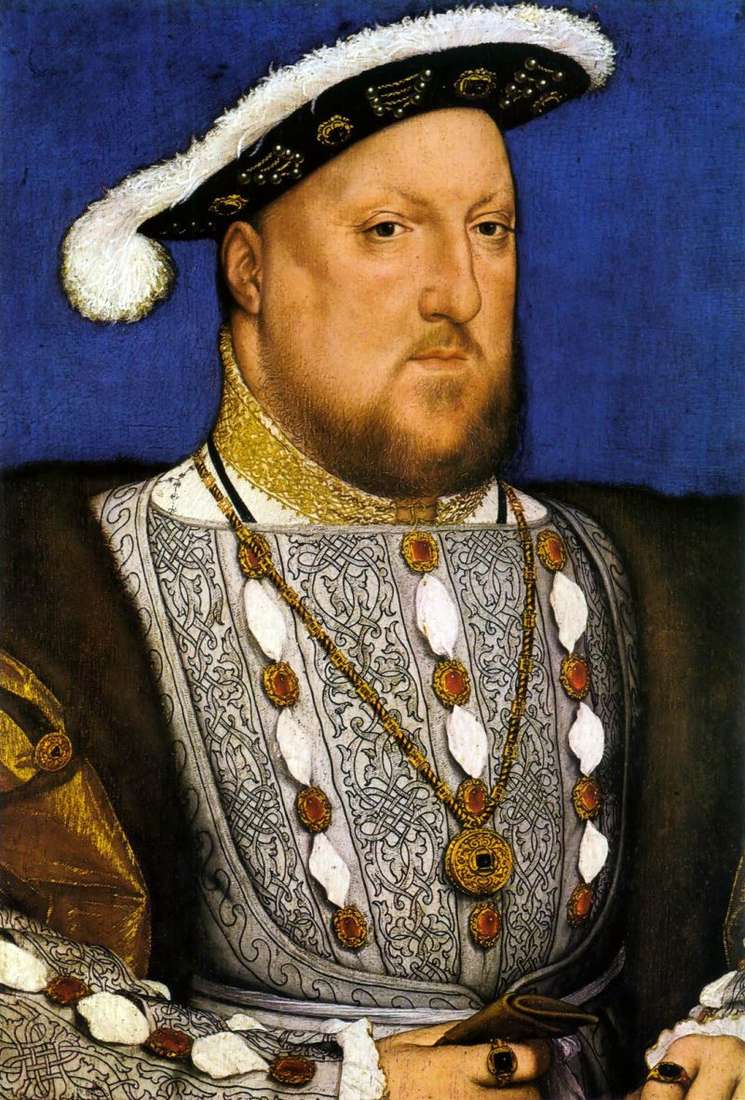
English King Henry VIII, with whom he linked his fate Holbein, was an extremely controversial figure. Nature generously endowed Heinrich, endowed with excellent abilities for languages, sciences and especially music.
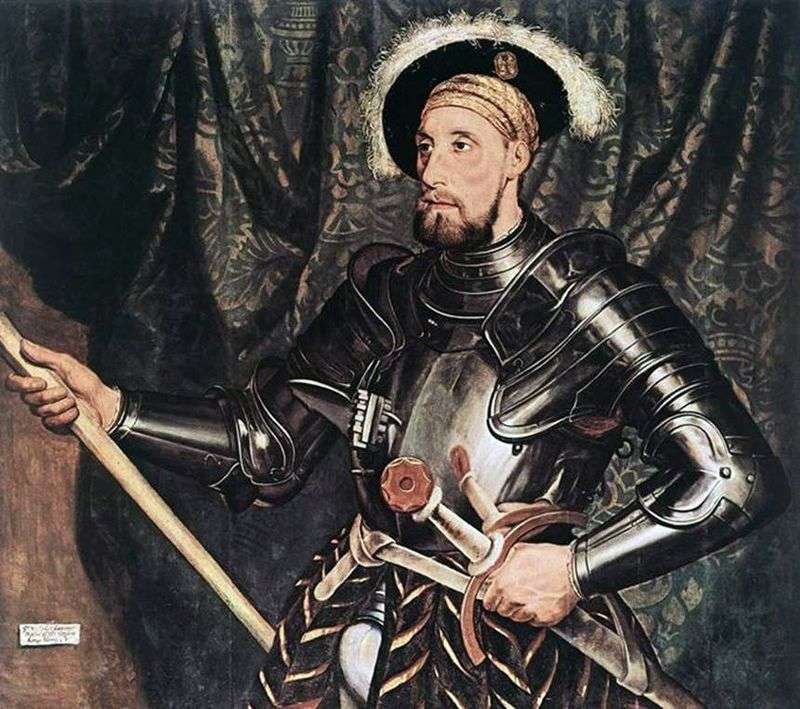
Sir Nicholas Carew – Quartermaster of the English King Henry VIII. He was the head of the younger branch of a very ancient family. His father Richard Carew was knighted
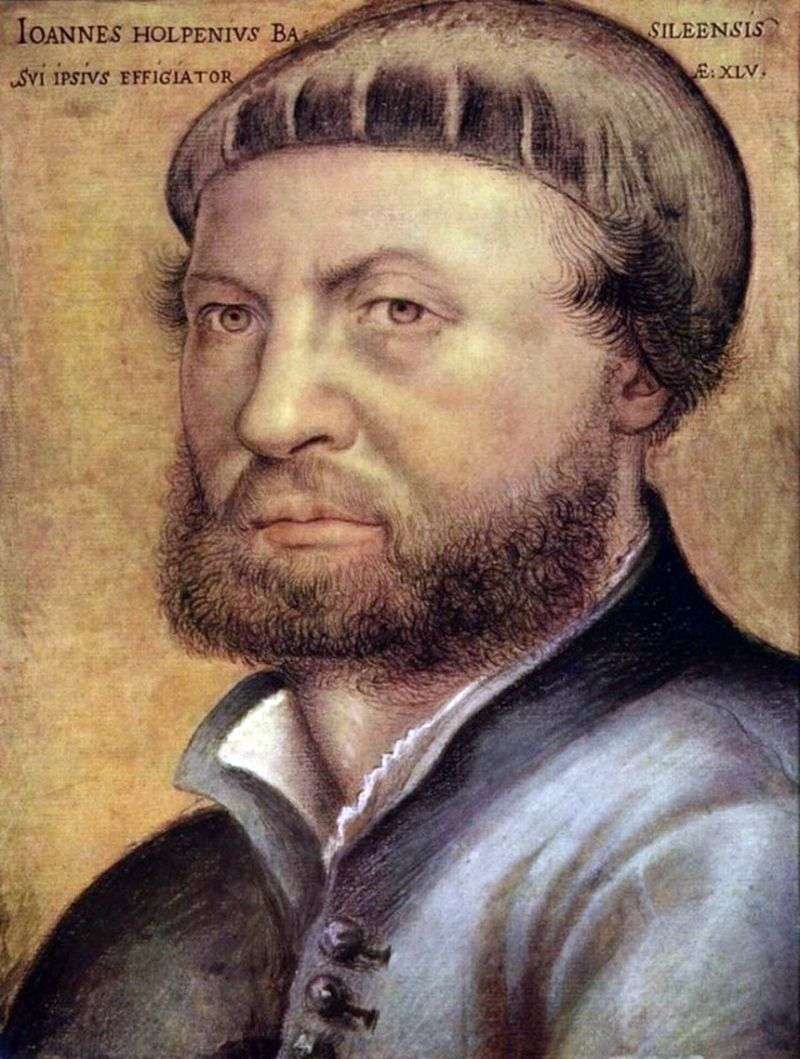
Hans Holbein the Younger was born in the family of the artist and it is therefore quite natural that his initial training took place in the workshop of his father
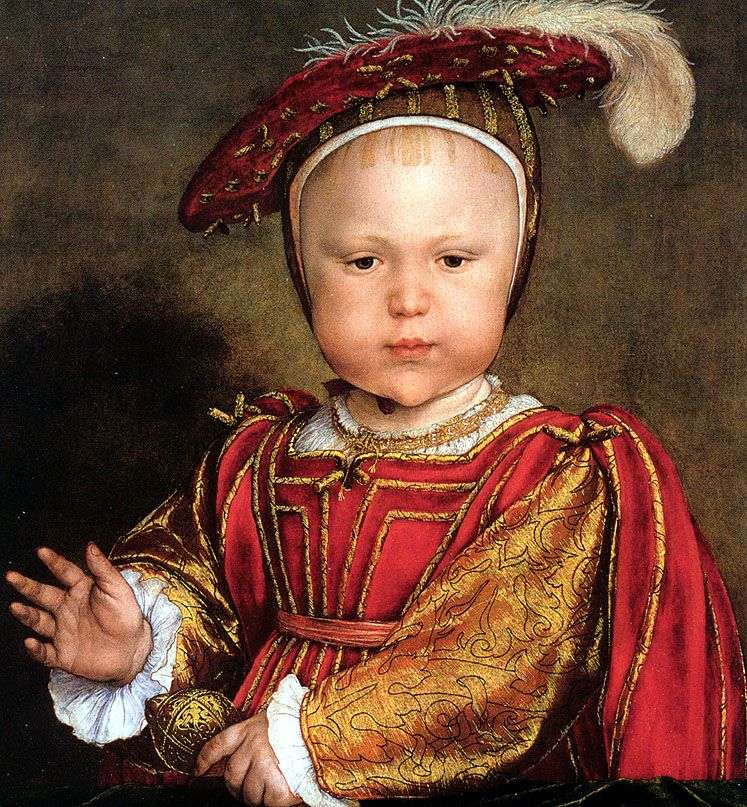
The talent of the German Renaissance master Hans Holbein was multifaceted. He created a series of remarkable engravings, was a brilliant draftsman, but the main place in his work is

“The Passion of the Lord in gray tones” are considered one of the main creations of Hans Holbein the Elder. The cycle was named after the gray monochrome color scheme,
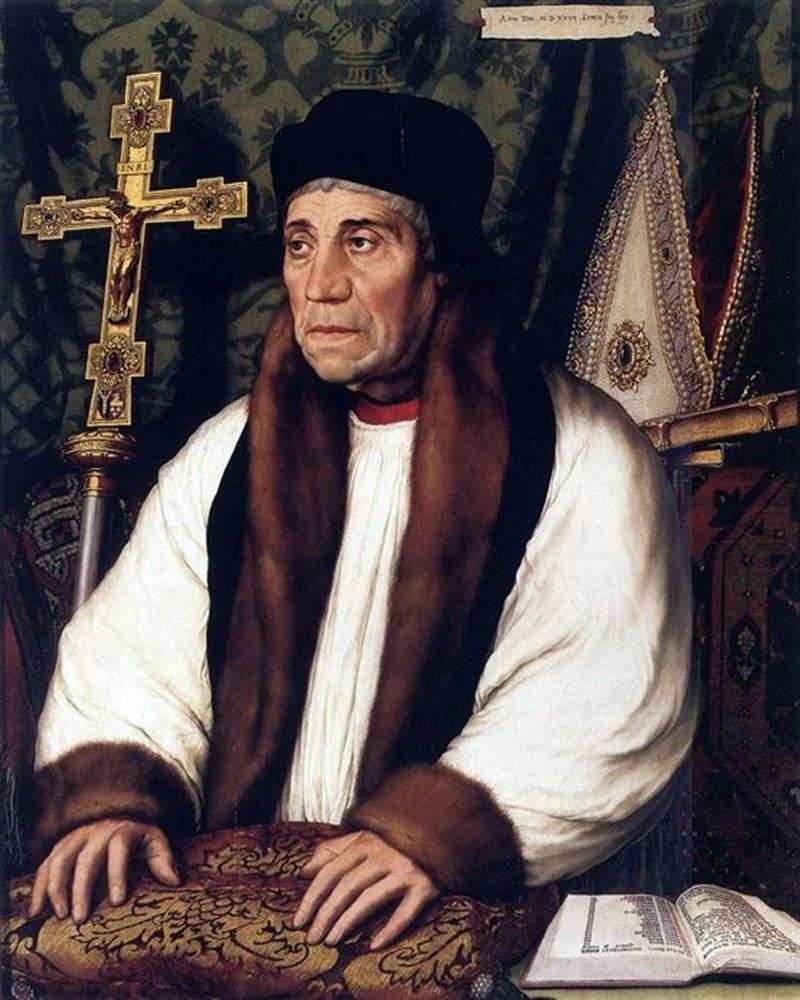
William Wearham, before becoming Archbishop of Canterbury, studied law at Oxford and was a lawyer to the Royal Court. Excellent knowledge of law contributed to the fact that in 1494
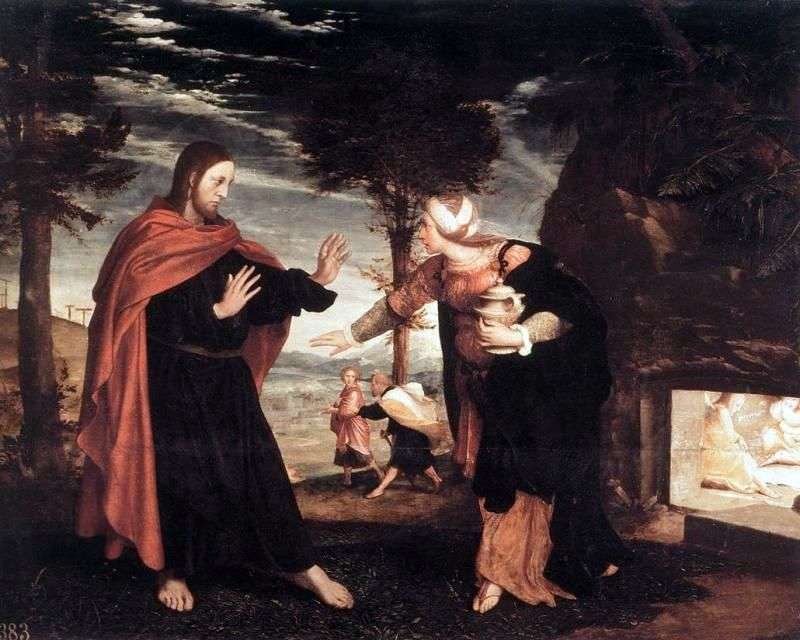
The painting depicts the moment of the meeting of Christ with Mary Magdalene. Maria – in Christian traditions a woman from Galilee, one of the myrrhbearers. According to the Gospel
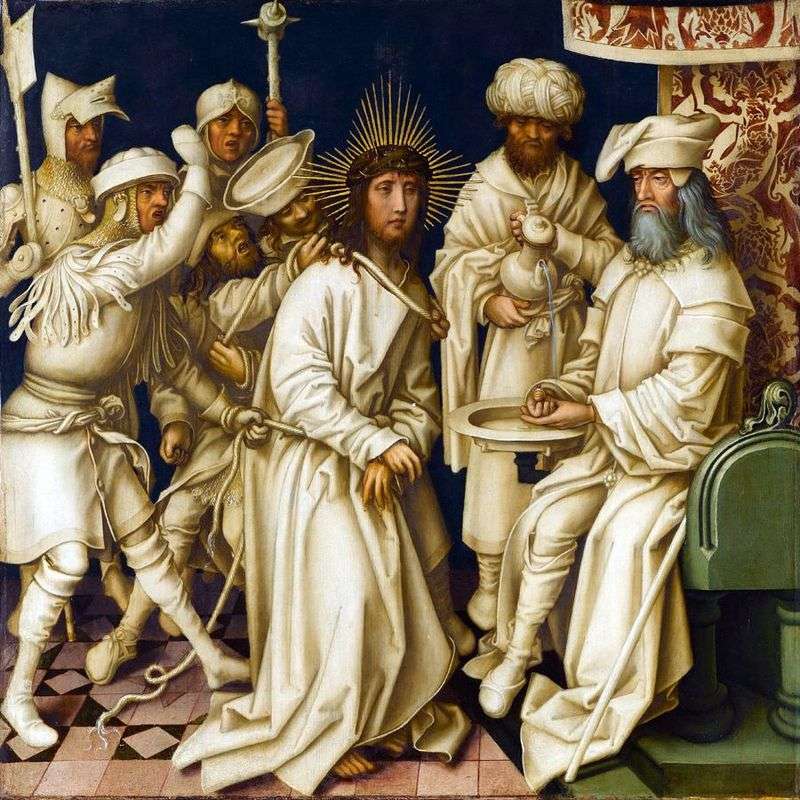
“The Passion of the Lord in gray tones” are considered one of the main creations of Hans Holbein the Elder. The cycle was named after the gray monochrome color scheme,

One of the masterpieces of Hans Holbein the Younger – a portrait of Jane Seymour, Queen of England and the third wife of the English King Henry VIII belongs to
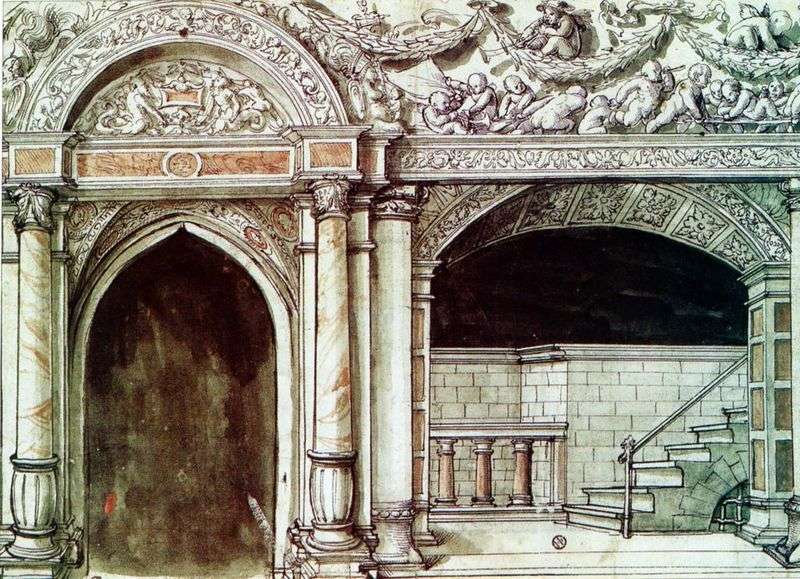
Holbein created a number of majestic frescoes in Basel, Lucerne and London, but all of them have not survived to this day. Only small fragments of mural paintings remained unscathed.
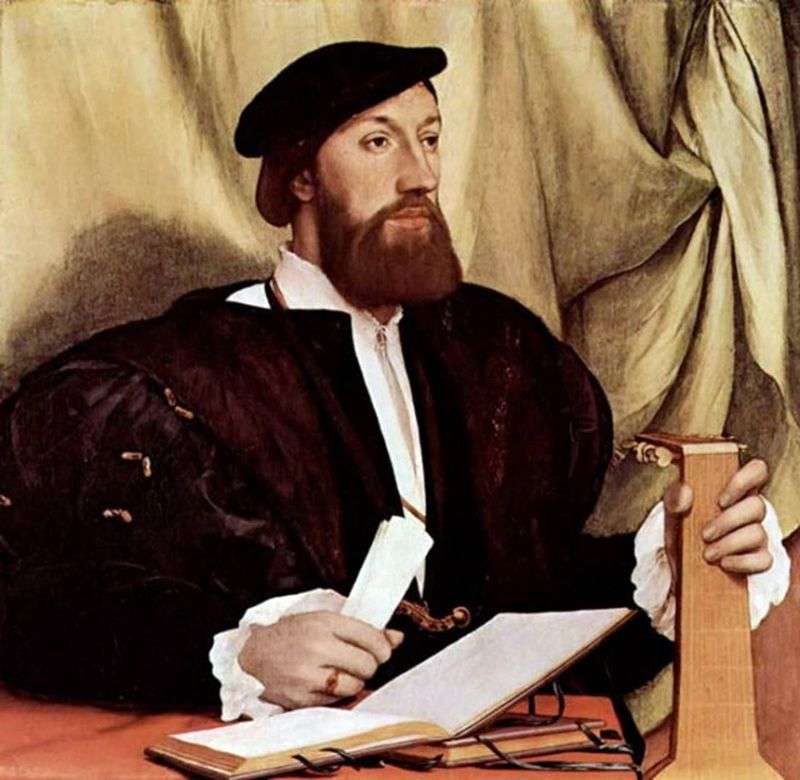
Since 1536, Holbein became a court painter of the English King Henry VIII. From this time, in his art, the features of decline begin to manifest to some extent. Surrounded
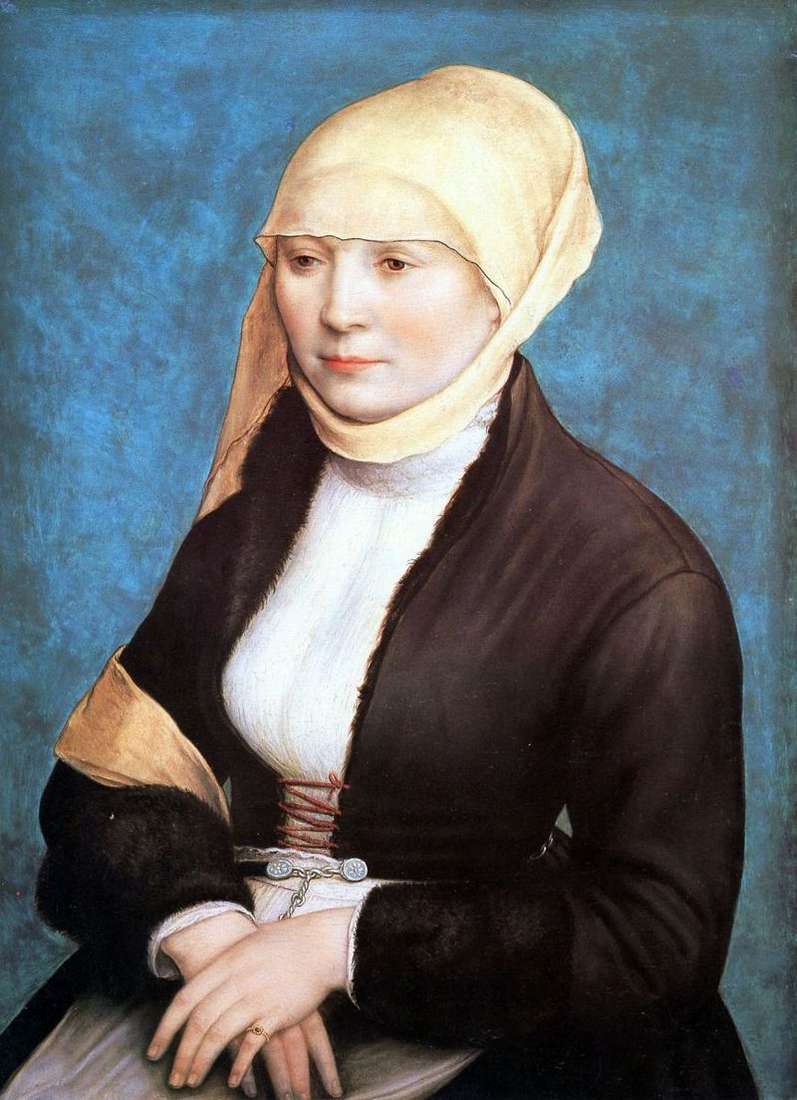
In 1516-1529 Holbein intensively worked also on book ornamentation, performing many titles, vignettes, frames, initials for humanistic, and later reformist literature. In them he acts as a first-class decorator, who

Hans Holbein paid much attention to the transfer of properties of plastic objects, the formation of light. He was attracted by the materials that were made of them depicted things.

The French Ambassador Charles de Soller, Lord Moretta, was born in 1480 in Piedmont. In his youth he served at the court of Charles VIII, later became a courtier of
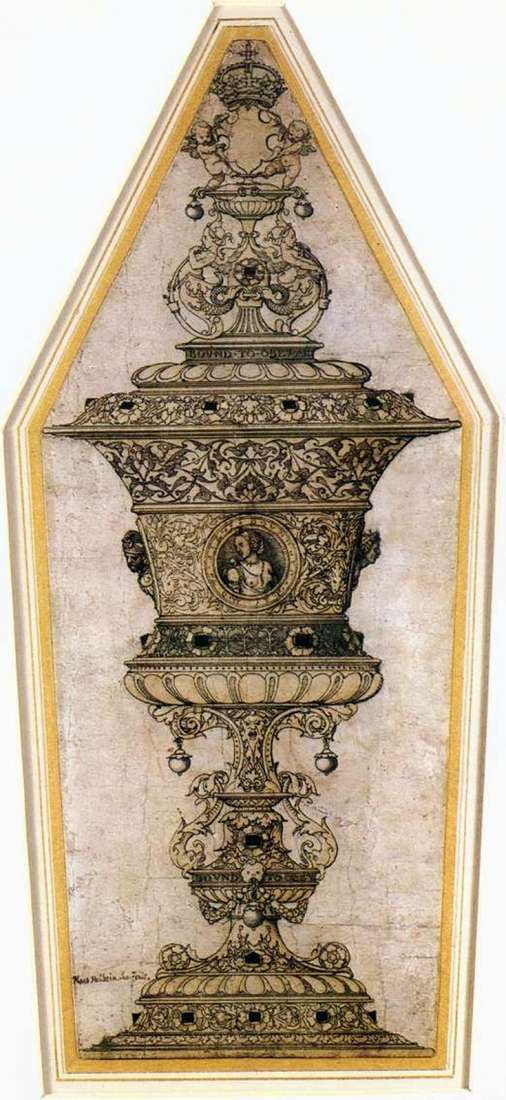
The title of a court painter required from Golubeyn intensive work in applied art. There are numerous drawings of the artist, which are sketches of various objects – from the
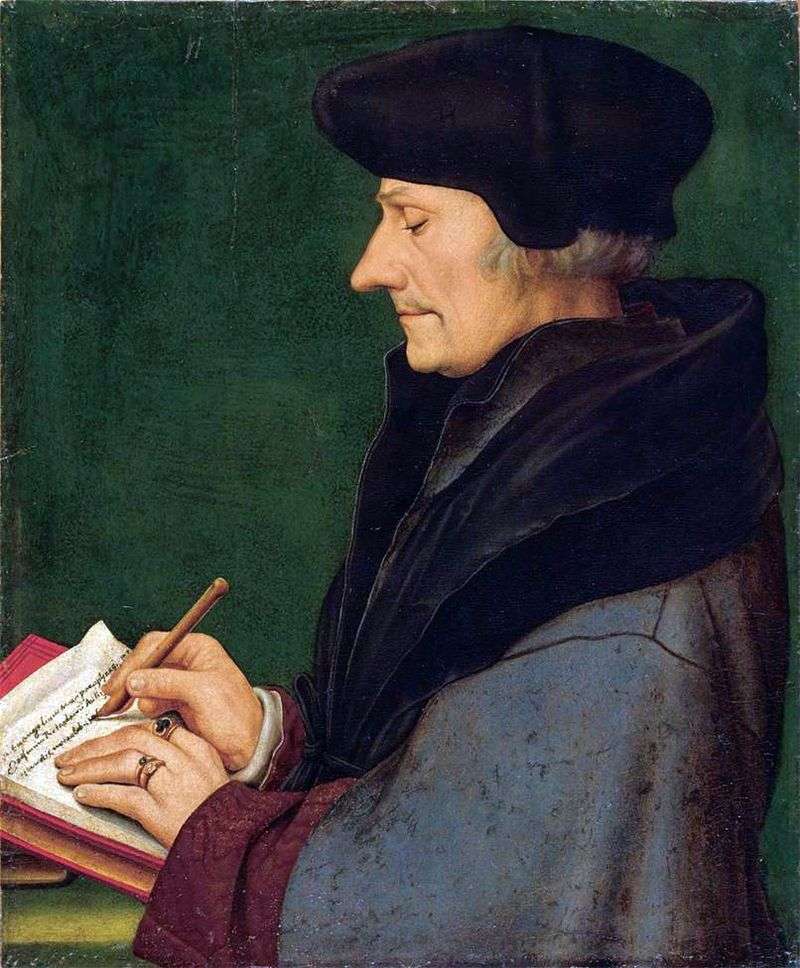
Erasmus of Rotterdam, the great Renaissance humanist, himself ordered two portraits of Hans Holbein the Younger. And young, but already well-known 25-year-old portraitist Hans Holbein the Younger brilliantly coped with

The history of writing this unusual work is unknown to us. Before Holbein, the plot “Christ in a tomb” was developed by other artists, but none of them depicted the

Many fine works Hans Holbein the Younger performed for the merchants of the London “Steel Yard”, which was a branch of the Hansa – Association of German merchants, organized in